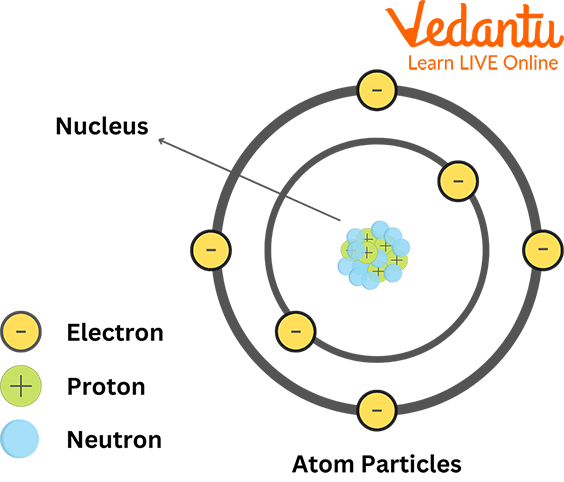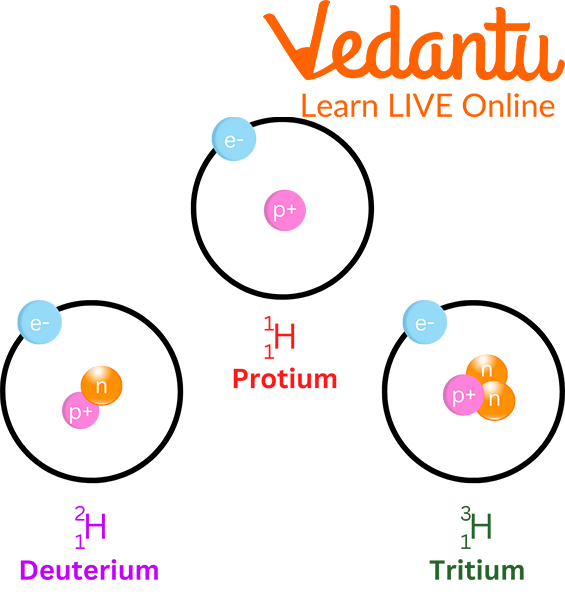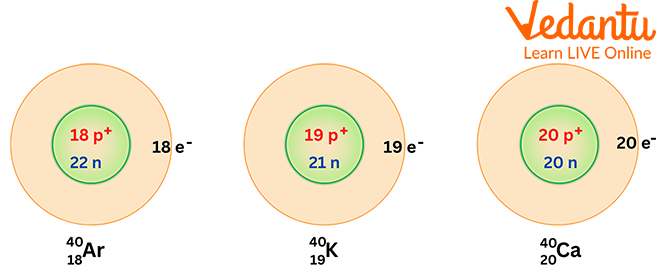Overview of Chemistry Terms
Last updated date: 14th May 2023
•
Total views: 456.6k
•
Views today: 6.56k
Chemistry Formulas
FAQs on Basic Chemistry Terms
1. Why is it important to learn about basic Chemistry terms?
It is important to learn about basic Chemistry terms because learning proper chemistry words will help you fully understand the presence of different materials surrounding you and the risk levels of hazardous chemicals around your home.
2. Who is the father of Chemistry?
Antonie Laviosier is popularly known as the father of Chemistry
3. Who discovered the atom?
A chemist, John Dalton, is credited with the discovery of the atom.





